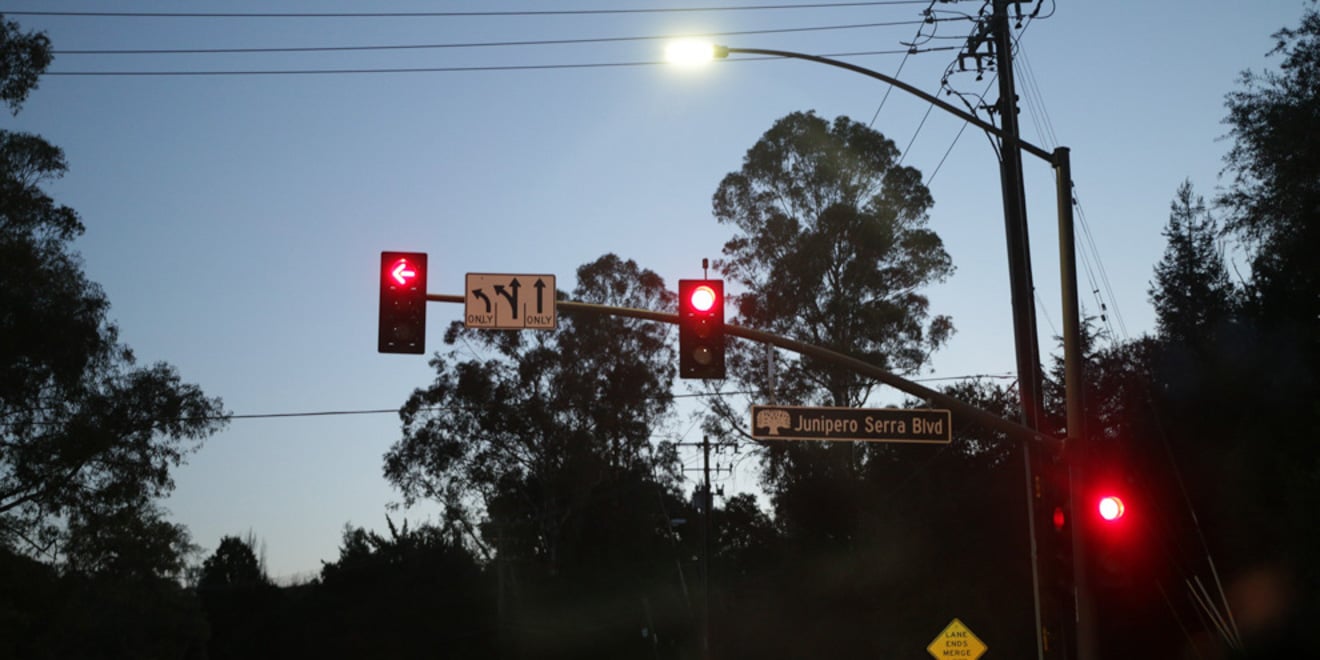After fewer than two months of deliberation, the committee tasked with producing principles for renaming campus landmarks named after controversial historical figures has drafted recommendations and now seeks community input, according to a Stanford News report released Friday.
The recommendations from the Advisory Committee on Renaming Principles enumerate several elements that the group thinks should factor into a renaming decision, including how central the individual’s controversial behavior was to his or her life holistically, Stanford’s former considerations of the renaming issue, harm caused by the honoree’s behavior, potential harm done in changing the name and more.
The committee’s draft emphasizes inclusivity as a core University tenet and recognizes the act of renaming as a potential recourse “when there is strong evidence that retaining the name [of a campus street, building, landmark, position or prize] is inconsistent with the University’s integrity or is harmful to its research and teaching missions and inclusiveness.”
The committee also acknowledged that renaming “represents a sufficiently serious expression of condemnation” and should only be carried out “when warranted.”
In forming recommendations, the committee considered the inconclusive reports of the original renaming committee — disbanded last year — as well as reports from groups addressing similar issues at Harvard, Princeton, Yale and other schools.
“We wanted to learn from other institutions of higher education at the same time as we focused on Stanford’s unique history,” members of the committee wrote in a joint statement on their website.
In November, President Marc Tessier-Lavigne announced that he would replace the Advisory Committee on the Use of Historical Names on Campus with two committees, the first of which would determine general renaming principles. Tessier-Lavigne officially announced the creation of the principles-focused committee in a Jan. 11 letter to its chair, former Stanford Law School dean Paul Brest.
The second committee will apply the first committee’s principles to campus locations named after 18th century missionary Junipero Serra, which have come under scrutiny for harming and reducing Native peoples.
The initial Advisory committee, assembled by Stanford in early 2016 and chaired by emeritus history professor David Kennedy ’63, sought to address both principles and action regarding the Serra case. It dissolved after several delays and issues reaching consensus.
Leo Bird ’17, a member of Montana’s Amskapi Pikuni tribe who once introduced an ASSU Senate resolution to replace Serra’s name on campus, expressed disappointment when he learned last October that the original committee would not issue an official recommendation on the Serra issue.
“I think it’s just a big slap in the face,” Bird told The Daily at the time.
In November, Native students and allies marched from freshman residence Serra House down Serra Mall to Tessier-Lavigne’s Main Quad office in protest of the original committee’s inaction.
“The renaming committee created to discuss Serra’s rightful place on Stanford’s campus has been repeatedly delayed and now no longer seeks to form a recommendation on the street and three campus buildings named after Junipero Serra,” a letter co-written by “concerned Native students” and delivered to Tessier-Lavigne’s office on the day of the march said.
On March 6 from 7 to 9 p.m. in the Oak Lounge in Tresidder, the principles committee will sponsor an “open house” to consider their recommendations with community members.
Contact Courtney Douglas at ccd4 ‘at’ stanford.edu.
